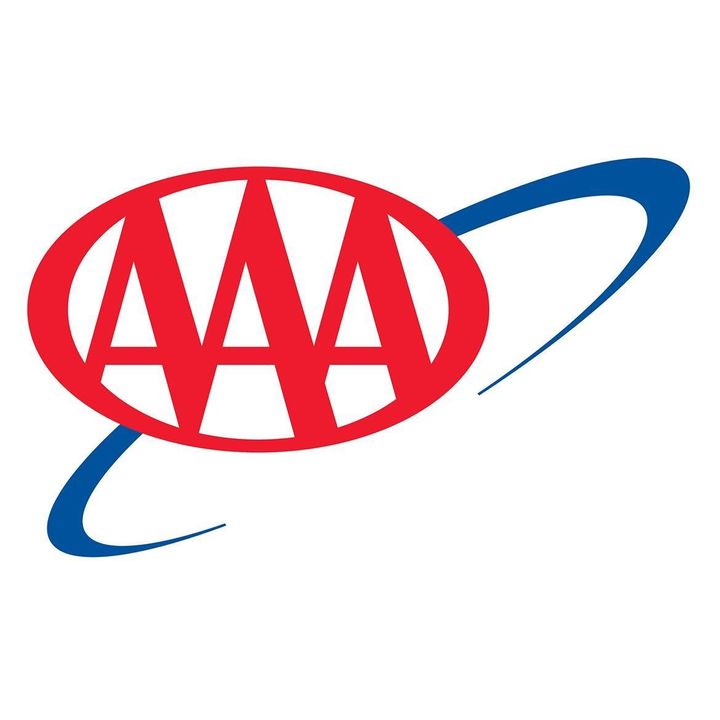Download Our Mobile App And Take WKTN With You . > > > > > > > > > > IT'S FREE!!


AAA predicts nearly three-quarters of Ohioans will stay home and advises caution for those who travel
COLUMBUS, Ohio (December 15, 2020) – AAA expects the vast majority of Americans to stay home this holiday season. Public health concerns and travel guidance are influencing their decisions not to travel over the year-end holidays, a period that typically sees high demand for vacations. After 11 years of year-end holiday travel growth, AAA predicts 34 million fewer Americans (1.4 million fewer Ohioans) will travel between Dec. 23 and Jan. 3, a decline of at least 29% (30% in Ohio) from last year.
“While Thanksgiving is traditionally spent gathering with friends and family, the year-end holidays are when Americans often venture out for longer, more elaborate vacations. That will not be the case this year,” said Paula Twidale, senior vice president, AAA Travel. “Public health concerns, official guidance not to travel, and an overall decline in consumer sentiment have encouraged the vast majority of Americans to stay home for the holidays.”
The CDC urges Americans not to travel for the holidays this year, warning that travel increases your chance of getting and spreading COVID-19.
For those who make the personal decision to travel, it is important to understand the risks involved and take steps to keep yourself and others safe. Seek the advice of a trusted travel advisor and refer to AAA’s COVID-19 Travel Restrictions Map, available at New AAA Travel Forecast Shows Summer Travel is Down, But Not Out, for the latest state and local travel restrictions.
What to Know Before You Go
.Plan Ahead. Check with state and local officials along your route and at your destination to learn about local guidance and any restrictions that may be in place. This includes what is expected of you when you return home. Many localities are requiring COVID-19 testing prior to and after travel.
.Follow Public Health Guidance.
.The CDC recommends taking a COVID-19 test one to three days before travel and another three to five days after travel, plus reducing nonessential activities for seven days after travel. Travelers should be aware of these and other local and state travel restrictions, including testing requirements and quarantine orders, and additional CDC guidance for before, during and after their travels.
.Consistent use of face masks combined with social distancing (at least 6 feet) and regular handwashing are the best ways to lower your risk of contracting COVID-19. Be sure to pack face masks, disinfecting wipes, hand sanitizer and a thermometer to help protect and monitor your health. Also pack water and extra snacks to reduce the need to stop along your trip.
.Verify Before You Go. Call ahead to minimize any last-minute surprises.
.Hotels – Prior to any hotel stay, call ahead to ensure your hotel is open and ask what precautions they are taking to protect guests. Ask about social distancing protocols like capacity reductions in common spaces, hotel staff requirements to wear masks at all times and if all amenities are available, like restaurant dining.
.Car rentals – If renting a car, ask what has been done to clean the vehicle. Hertz, for example, has introduced Hertz Gold Standard Clean, an enhanced vehicle disinfectant and sanitization process. For extra peace of mind, use disinfecting wipes to wipe down door handles, steering wheels, shifters and control panels.
Last Minute Decisions:
While 84.5 million Americans (nearly 3.4 million Ohioans) plan to travel this holiday, many holiday travelers are taking a wait-and-see approach to their travel decisions. The expected continued rise in COVID-19 cases will likely prompt some to make last minute decisions to not follow through with upcoming travel plans, which was the trend during the lead up to Thanksgiving.
Based on mid-October travel forecast models, AAA expected up to 50 million people (2.1 million Ohioans) would travel for the Thanksgiving holiday, which would have been a decline of 10% from 2019 (9% in Ohio). While final Thanksgiving travel numbers are not yet available, AAA expects the decline to be closer to 15–20%, as the CDC and state and local authorities advised against holiday travel.
According to traffic count data from the Ohio Department of Transportation (ODOT), traffic volume across the state was down an average of 20% during the Thanksgiving holiday weekend, compared to 2019. This includes a 34% decline on Thanksgiving Day.
Road Trips Will Decline, but Remain Preferred Method of Travel:
Most Americans who decide to travel will do so by car, with road trips accounting for 96% of holiday travel both nationally and in Ohio. Up to 81 million Americans (nearly 3.3 million Ohioans) will travel by car, a decline of at least 25% compared to last year (26% in Ohio).
Gas Prices and Road Trip Prep:
For those who decide to hit the road for the year-end holidays, gas prices remain nearly 50 cents cheaper than this time last year. Recent monthly gas prices are 19% below 2019 averages.
“Typically, cheaper gas prices are an incentive for last minute trips, especially around the holidays. But the lower prices and less traffic aren’t driving decisions to hit the road. Americans are looking to the public health landscape, including COVID-19 case numbers, to make their travel decisions,” said Jeanette Casselano McGee, AAA spokesperson.
AAA reminds those hitting the road to ensure their vehicle is ready for the road, to help avoid a breakdown along the way. AAA expects to rescue more than 905,000 Americans at the roadside this holiday season.
INRIX Predicts Increased Delays During Holiday Afternoons
Traffic volume, and therefore traffic congestion, during the holiday week is expected to be less than in years past. However, travelers in major urban areas could still experience delays upwards of triple normal drive times at popular bottlenecks throughout the day. Nationwide, drivers could see travel times about 20% above normal pandemic congestion levels.
While ODOT works to accommodate the increase in motorists by removing as many work zones as possible, travelers will still encounter orange barrels in locations like I-75 in Cincinnati and Toledo and I-70/71 in downtown Columbus.
Large Declines Expected by Air and Other Modes of Travel
While more than 60% fewer Americans (59.3% fewer Ohioans) plan to fly this holiday, the more than 2.9 million Americans (107,000 Ohioans) that do plan to fly can expect to pay lower airfares this holiday season, as AAA has seen double-digit reductions in average flight costs. AAA reminds air travelers to wear their mask, and wipe down seats, armrests, belt buckles and tray tables using disinfecting wipes as an extra precaution.
Meanwhile, up to 480,000 Americans (18,000 Ohioans) are expected to travel by other modes, including bus and train this holiday season, a sharp decline of 87.7% (86.2% in Ohio), as cruise ships remain docked, and some bus and train trips will be shifted to car travel or cancelled.
Written by: WKTN Staff
Similar posts
Copyright WKTN-Home Town Media | Public File | FCC Applications | ADMIN | 112 N. Detroit Street, Kenton, OH 43326 | 419-675-2355


